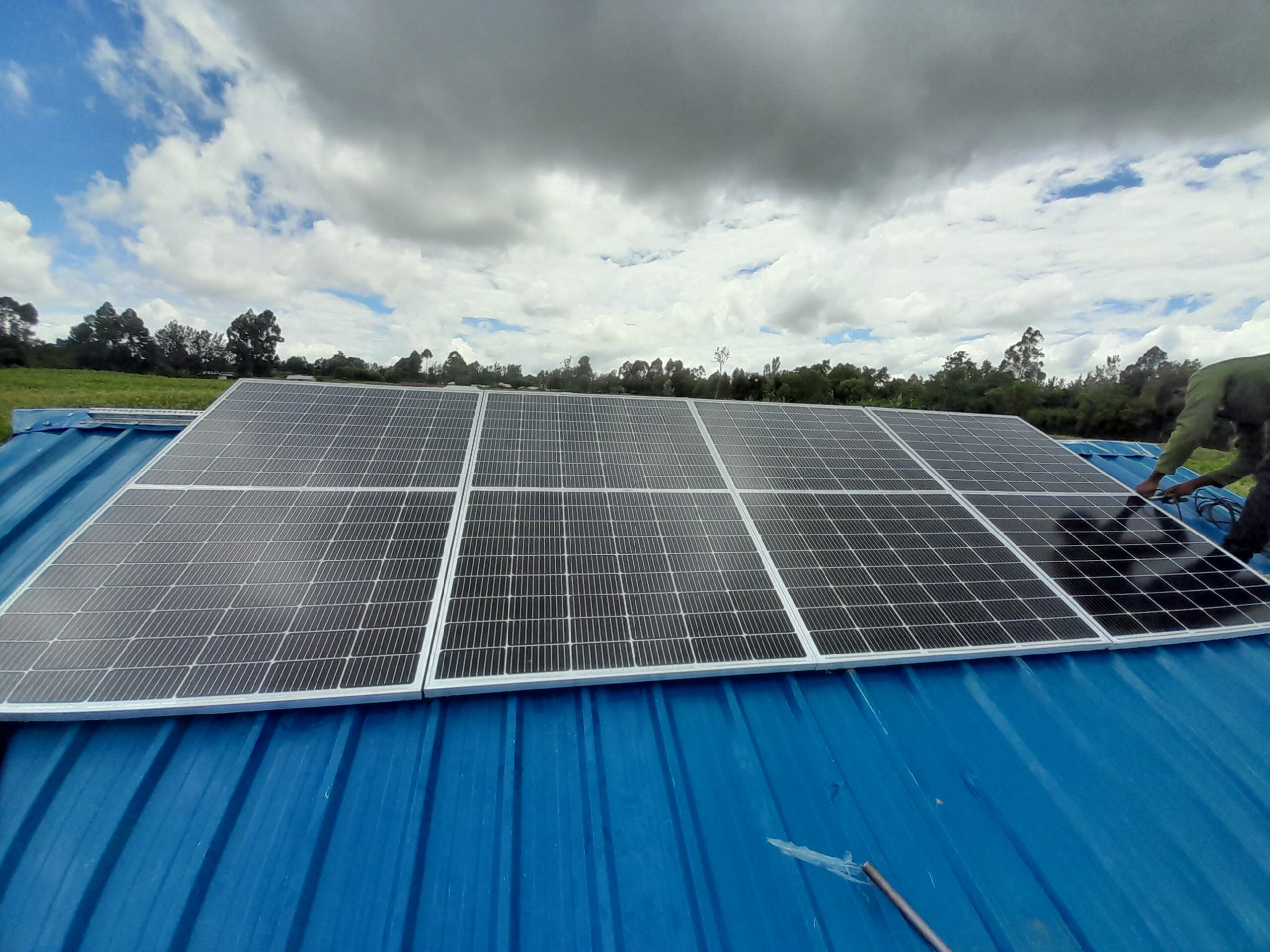We all learned the general science concept of sun rotation around the earth’s axis. However, the intricate track sun follows throughout the daytime implicates more complexity. The sun revolves in different movements that change as per geographical locations.
Owing to the earth’s inherent tilt and orbit around the sun, the uniform motion is different, and the specific divergence is evident for different time zones around the globe.
Nowadays, everyone is shifting to more sustainable power solutions, and at this point, solar power consumers need to understand how the sun’s trajectory serves to underscore the significance of solar panels setting angles and orientation. So, let’s explore how one can improve solar power production setting solar panels optimally as per the sun’s position.
Table of Contents
Orientation
Solar panels’ orientation is the specific direction in which a panel is pointed towards the south, north, east, or west. Traditional solar panel configurations adhere to apparent direction rather than being aligned with the magnetic poles. Simply put, the apparent north conforms to the earth’s actual axis direction, contrary to aligning with the geographic north pole.
It has been found that in settings where solar panels face west or east directly, their efficiency lowers to 20%. So, to cut the noise, homes situated north of the equator can set their solar PV systems to the apparent south-facing direction. Conversely, for residences located south of the equator, opt for the apparent north direction. Such solar panel orientation allows maximum sunlight exposure on the panels leading to boosted power generation.
Setting Angles
The vertical tilt of the solar panels is their setting angle. The concept of setting angles could be a bit tricky to comprehend for new solar consumers since the proper tilt will differ with the seasonal times and geographic locations. For the geographic location, the setting angle of solar panels will raise as the place moves from the equator. For a better understanding, consider regions with more sun hours that need fewer tilts than those with fewer sun hours in a day.
USE Zip Code to Determine Optimal Solar Panel Angles
A wise way to discover optimal angles for solar panels is to do a Google search for the latitude of the zip code or address of the specific place. An ideal setting angle will be close to or equal to the latitude of a distinct site. However, it is essential to understand that these optimal solar angles will change annually due to seasonal shifts.
A general rule of thumb; in warmer months’ solar angles will be 15 degrees minus the latitude value. And in winter or less sunlight days, solar panel angles will be 15 degrees plus in latitude value.
Factors Affecting Solar Panel Placements
The vertical tilt of solar panels gets affected various factors, here are some significant ones, solar consumers must consider to get the maximum output of solar PV systems.
Roof Tilt
Every house has different roof designs and it is the most significant aspect to consider when placing solar panels on the rooftops. For example, setting up solar panels on roofs with steep tilts will result in less solar power production because steep tilts do not facilitate optimal tilting with conventional racking systems. So, depending on the steepness of the roof angles, solar users can lie their solar panels flat against the roof. Setting up solar panels on low-angle roofs is also a complicated task, as such places require custom racking systems for optimal tilt.
Latitude
It is essential to set solar panels in optimal directions as per geographic locations to achieve significant solar cost savings. To attain this, solar users can adjust solar panels’ tilt to match the distinct latitudes. As a general rule, many domestic users install solar panels within the range of 30 to 45 degrees. The specific angles on specific latitudes generate maximum solar average power output annually.
Seasons
Yes, seasonal variations impact solar panel performance, as the position of the sun changes continuously. Northern regions have a lower sun position in the sky during winter, making it difficult for solar panels to perform efficiently.
During winter, solar consumers can improve their solar power output installing solar panels at a steeper angle than their latitude, approximately 60 degrees. This can help offset the dip in production. Also, it is significant to set solar panels at angles that facilitate the easy sliding of snow to avoid blockage it.
Angle vs. Orientation: Which is Better?
While determining the optimal placements for solar panels, it is good to consider placement positions and directions. Right solar panel orientation assures adequate sun exposure for excellent power output. Also, it is necessary to understand that the proper panel orientation with an inaccurate setting angle can result in a lower efficiency rate. So, begin with a specific panel setting angle and solar panel orientation, and experiment with slight changes in positioning to obtain the optimal placements.



/GettyImages-532294317-5817a4e63df78cc2e81637e8.jpg)